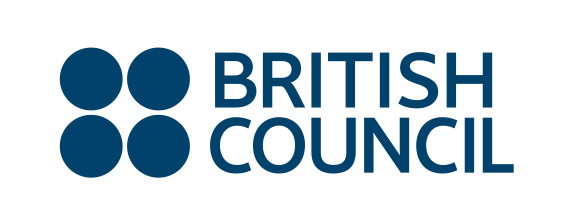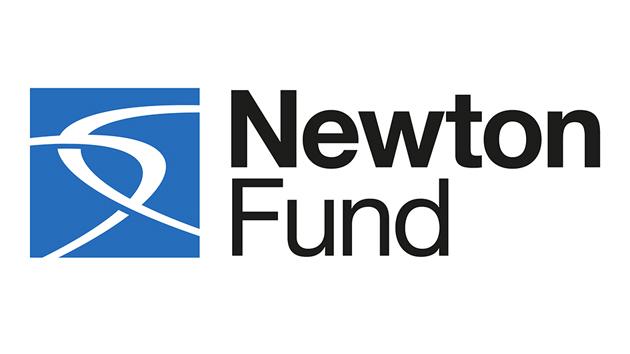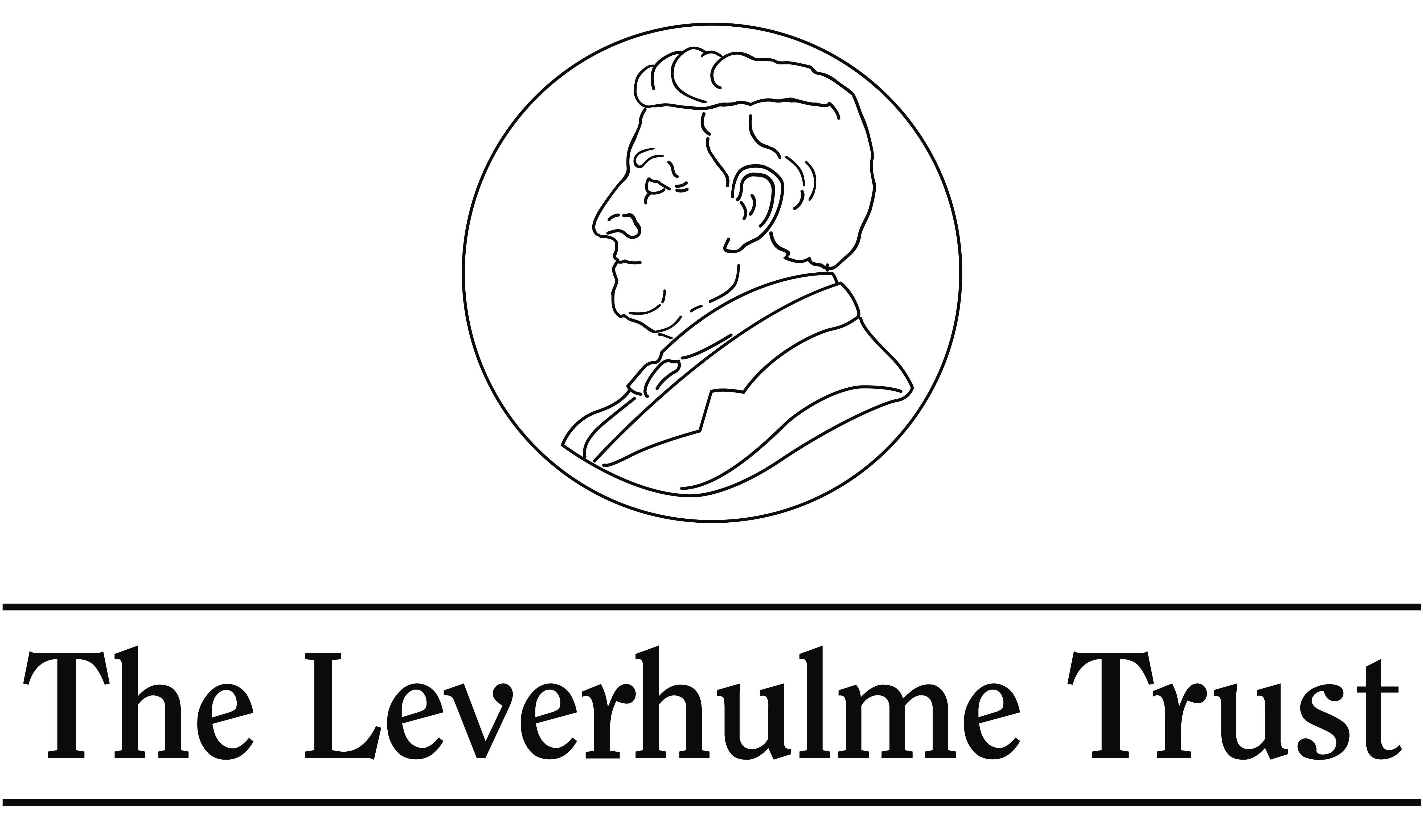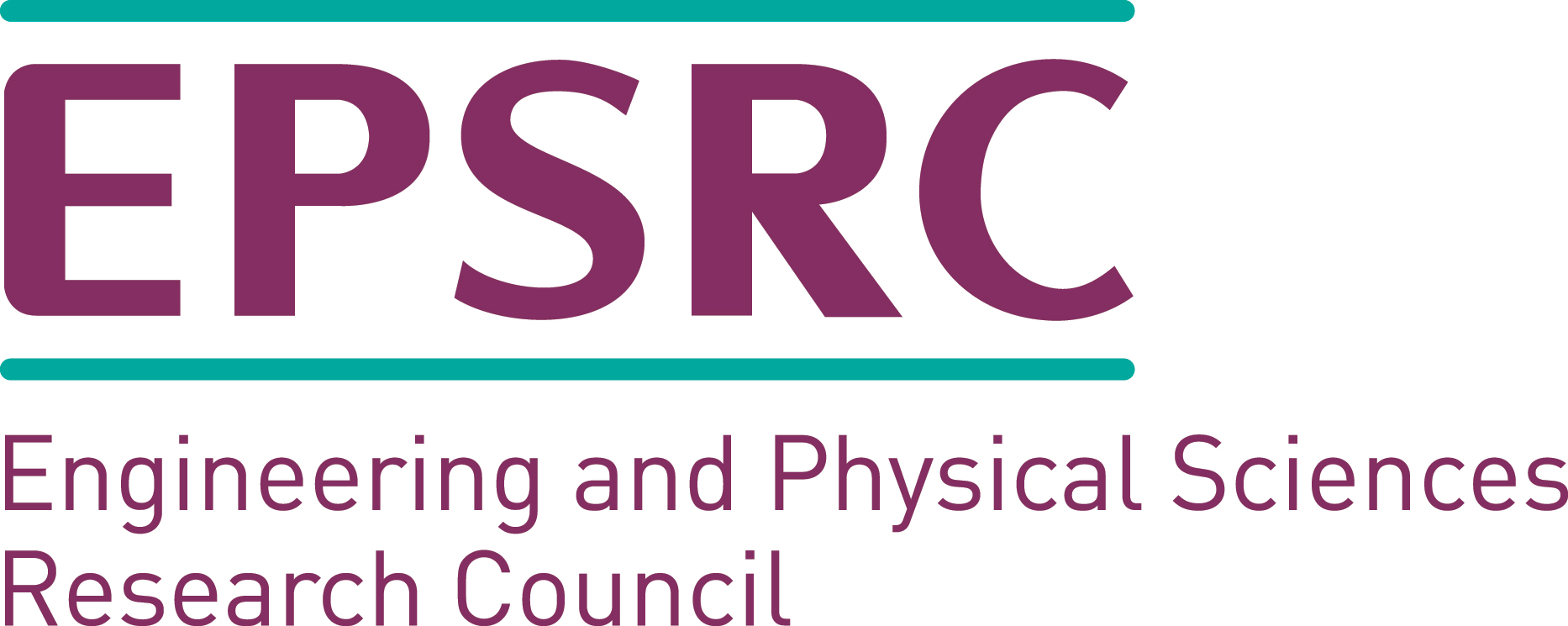|
|
|
UCL Optical Tweezers Group: Research |
|
Information |
||
Optical trapping of microbubblesMicroscopic bubbles are used as a contrast agent in medical ultrasound scans. The dynamics of the bubble under insonation are not well understood and so we will be using optical tweezers to trap and study the behaviour of microbubbles when irradiated with ultrasound. Opposite is a movie of a microbubble being manipulated in the optical tweezers. The microbubble in the trap is 4 microns in diameter and is held in a rapidly scanning circular trap. The position of the trap can then be moved slowly to move the bubble with it. We have performed a number of experiments to characterise in detail the optical trapping potential (see publications for more details).
|
|
|||||
Rotating optical traps for microfluidicsWe are using optical tweezers to trap non-spherical microparticles which can then be rotated in a controlled manner to 'stir' the suspending fluid and studying the induced microscopic flow. Watch a movie of a polystyrene double-bead rotating in the tweezers opposite. The larger end of the double bead is 7 microns in diameter, and the smaller end 5 microns. The trap is made by rapidly scanning the tweezer along the long axis of the double-bead while slowly rotating.
|
|
|||||
Optical trapping of carbon nanotubesWe have shown that bundles of carbon nanotubes can be trapped an manipulated in a scanning (time-averaged) optical tweezers. as a part of this investigation we elucidated the role played in optical trappng of the surfactant that required to suspend the nanotubes in aqueous solution (see publications for more details). This work is carried out in collaboration with Dr Onofrio MaragÚ from the Laboratory for Nanoscience, IPCF-CNR, Messina. |
|
|||||
Optical vorticesWe have made calculations of the focusing of optical vortex beams in the limit of high numerical aperture, for example focusing by a microscope objective lens. We have been able to investigate the range of vortex beam parameters that produce potentially useful intensity distributions around the focus, and also evaluate the effects of aberrations that can be introduced by, for example, focusing through a microscope cover slip. We have also devised a method for experimentally generating arbitrary order (and fractional) polarization vortex beams (see publications for more details). |
|
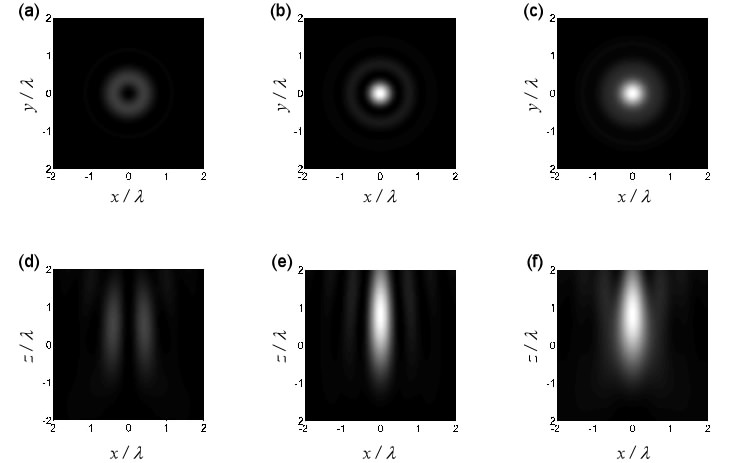 |
||||
Optical nanofibres |
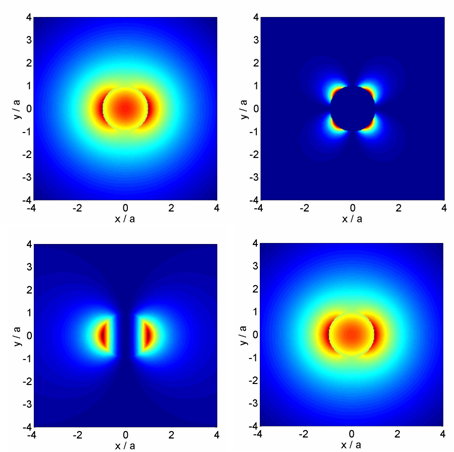 |
|||||
| The
movie
opposite shows 2 micron diameter polystyrene spheres that are trapped
in the evanescent field of one of our tapered fibres and
propelled along it by radiation pressure. |
|
|||||
Optical binding |
||||||
Optical fibre trapWe are using a dual-beam optical fibre trap for optical trapping and binding of microparticles, and also for investigating the mechanical properties of soft dielectric materials by using it as an 'optical stretcher'. The movie opposite shows a pair of 2 micron diameter polystyrene spheres (visible by the scattered laser light) trapped in the counter-propagating beams from a pair of single-mode optical fibres. |
||||||
|
Our work is supported by EPSRC, Nanoscience Europe, the Royal Society, the Leverhulme Trust, the British Council Newton Fund, the Nuffield Foundation, the UCL MAPS Faculty Research Fund, the National Physical Laboratory and the UCL Platform Technologies Initiative. |
||||||

